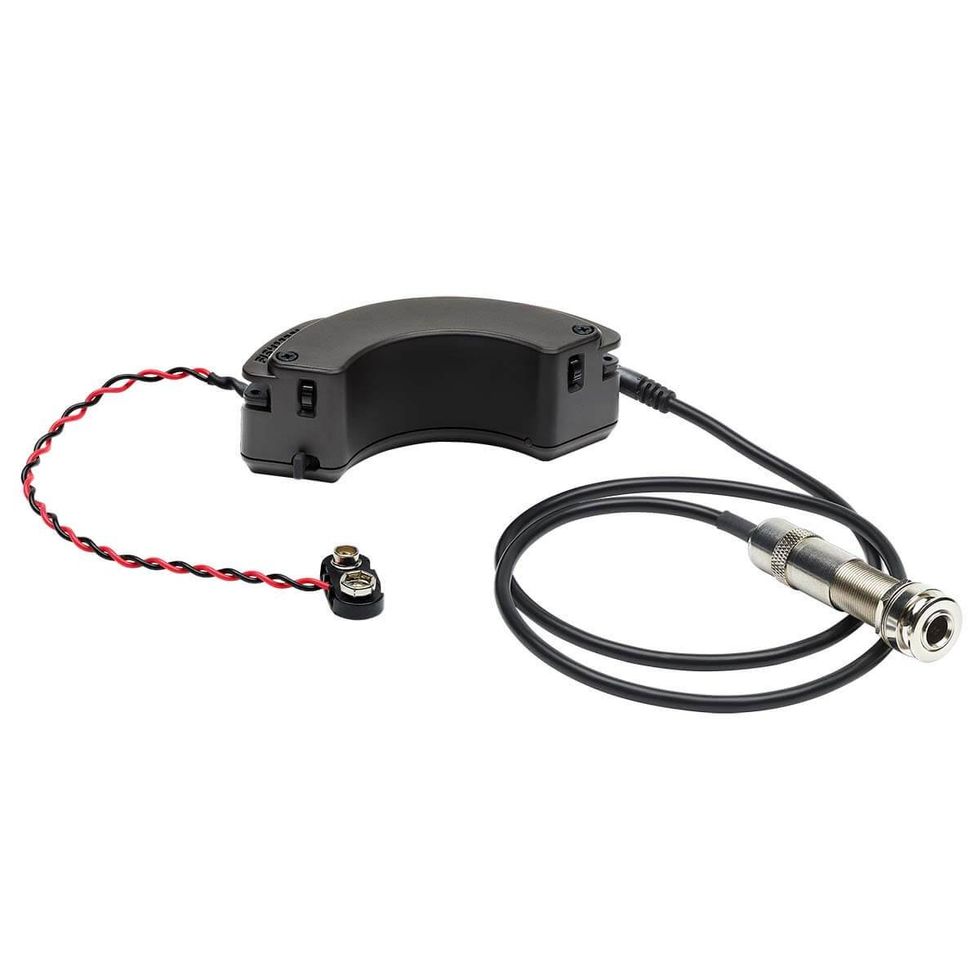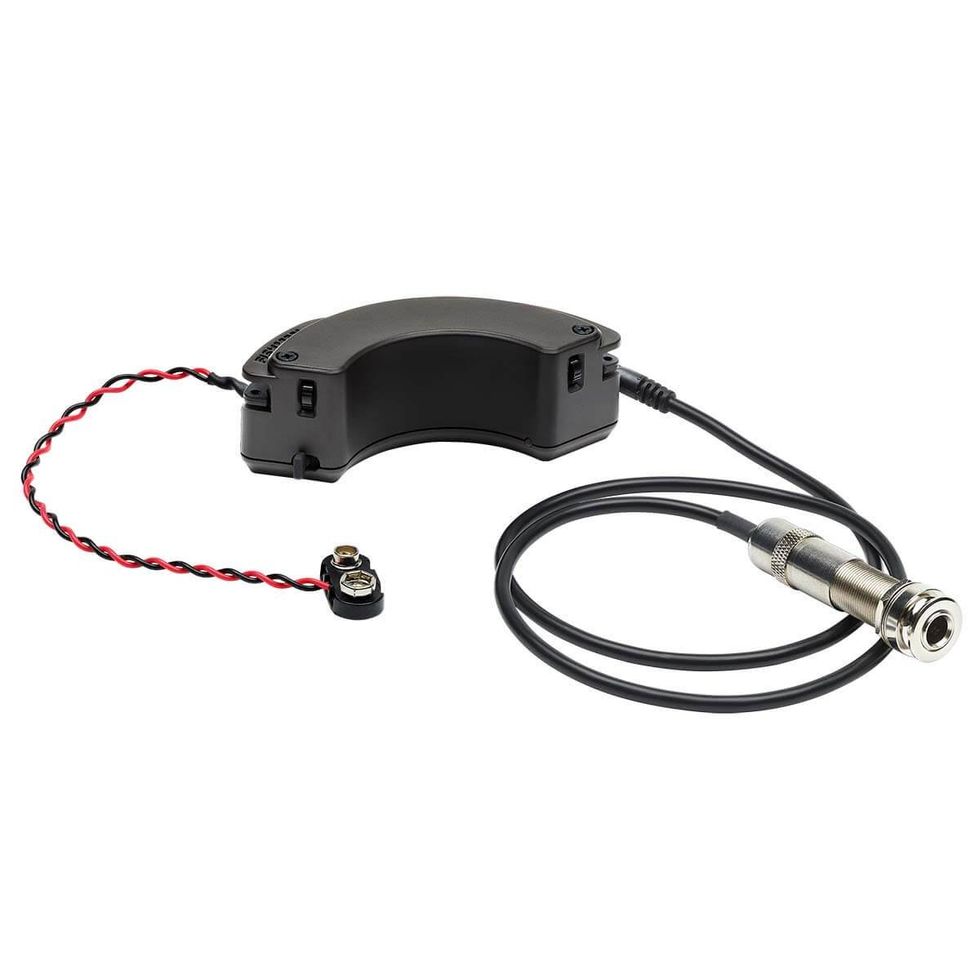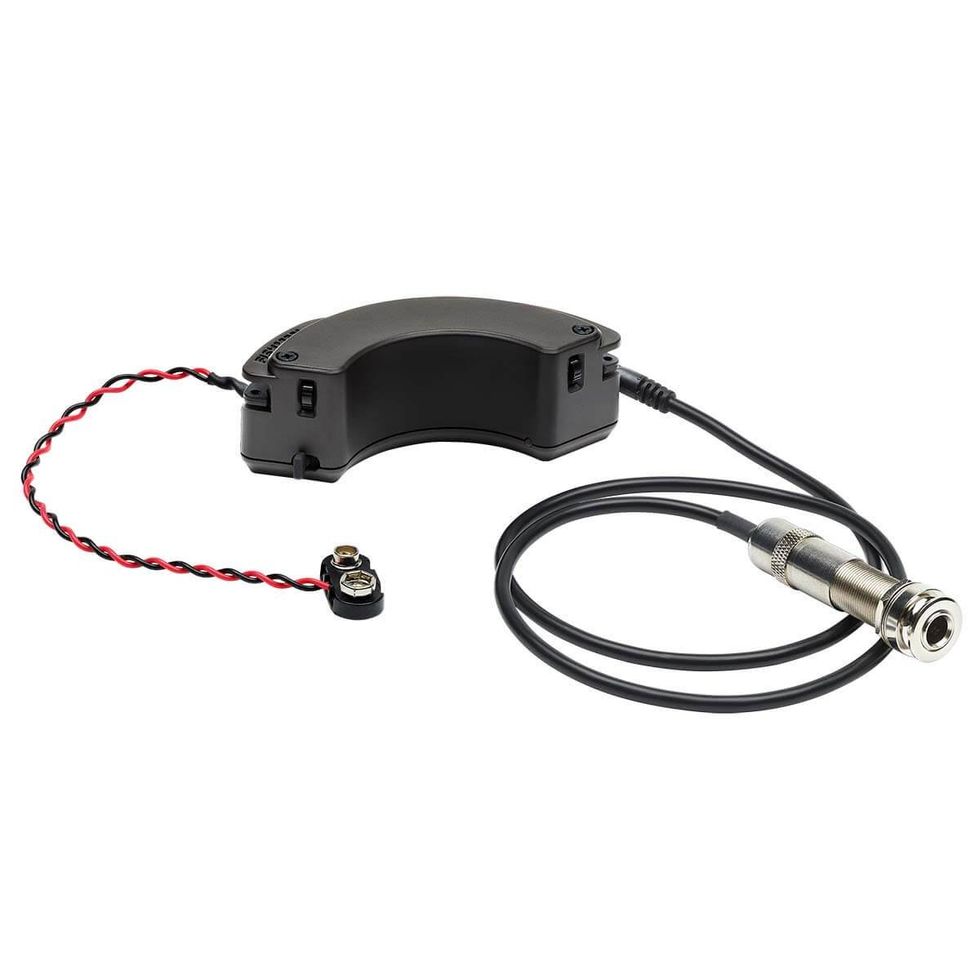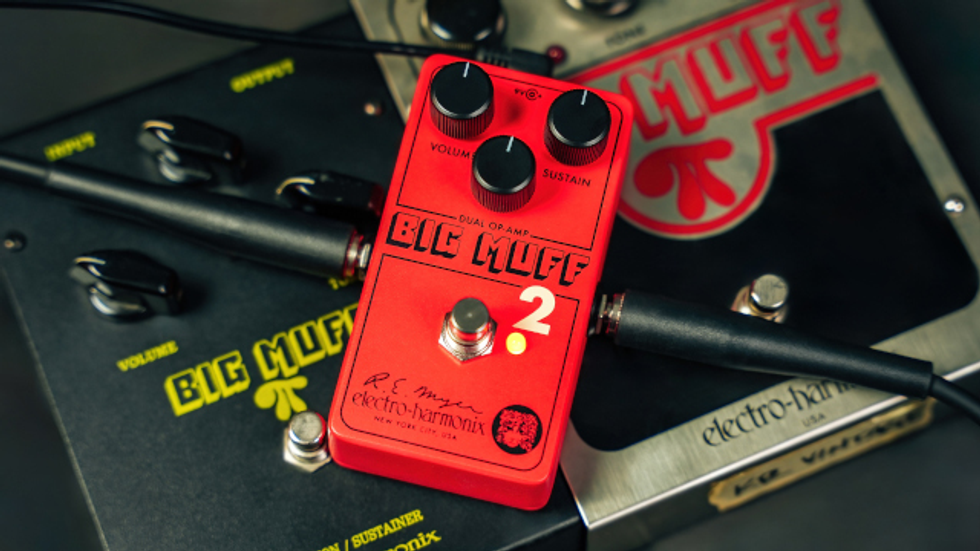Temperatures are warming, music festivals are on the rise, and summer is officially around the corner. Working bands will be hitting the road and taking to the sky, spreading their music across the world. But is their gear up for the task? Gear is the lifeblood for any band—without it, musicians cannot do their job and make a living. And while no piece of gear is completely “bullet-proof,” there are steps we can take to ensure our gear possesses the most important quality it can have on the road—reliability.
One band that recently got ready to tour is Wilco. These guys are notorious road dogs and are known to carry a vast array of gear on tour. In this article, we will look at front man Jeff Tweedy’s early-’60s brownface Fender Princeton 6G2-A and getting it ready for their tour.
This amp came to the shop in working order and sounding great, but needed a good cleaning and check over for reliability. At first glance, I noticed that this amp has mostly original components, with the exceptions of the filter capacitors and one of the cathode capacitors in the preamp. Had these capacitors not been replaced, from a reliability standpoint, consideration would have been seriously given toward replacing them. Electrolytic caps, generally speaking, have a life span of around 15 years. After this time, the electrolytic inside the cap can dry up and/or, as is often seen, the capacitor will begin to leak. You will usually see bulges and/or leaks from the positive end of the cap. In the case of this Princeton, only one capacitor in the preamp was original, so it was replaced with a high-quality capacitor of the same value. I always give the original components back to the client, especially in the case of a vintage amp. This way they have all the original parts—good to have for a possible future sale.
As I progressed further into the amp by checking the resistors, caps, wiring, solder joints, and cleaning/tightening the tube sockets—I considered the tubes. There is a 5Y3 rectifier, two 6V6 power tubes and two 12AX7 preamp tubes—all vintage. The preamp tubes, a vintage Bugle Boy and a vintage Tung-Sol, were left alone after testing output and carefully listening for microphonics and noise. These great sounding and reliable tubes have survived many years and should survive many more. The rectifier tube appeared to be in great shape and was left alone. However, the power tubes were replaced with some known reliable ones because power tubes tend to have a shorter life span than the other tubes in an amplifier. When reliability and the demands of touring are important, it’s always a good idea to replace them. It is also a good idea, as a tech, to give the owner of the amplifier an extra set of tubes of the same bias as the ones you are putting in. If the tubes fail on the road, the band can replace them on their own, without worrying about proper tube biasing. I also like to tape an extra fuse or two to the inside of the amp’s cabinet, just in case a fuse blows. These simple things can make an amp failure much easier and less expensive to manage when on the road.
It is important to take a close look at the wiring of an amp before it goes out on tour. Old wires can oxidize and become brittle with age. With the amp on and a signal going through it, it is a good idea to nudge the wires to look for signs of wear and listen for changes in output. Any crusty, worn, blackened, or fragile wires should be replaced with new wire. Also worth checking out is the AC power cable. This should be quality three-prong grounded cable. Touring musicians have more important things to worry about than the possibility of a great-sounding amplifier having the potential of causing them electric shock.
The last step with this Princeton is playing it. I inspect the speaker for unreasonable wear and then turn the amp up to listen to the speaker. Like changing summer to winter tires on a vehicle, a musician will occasionally want to save their vintage speaker from the abuse it may take on the road, and opt for a temporary speaker replacement. It’s also a good idea to burn the tubes in by running a signal through the amp and into a dummy load. This will push the tubes as if you were playing the amp loudly, but save your ears. Finally, I check the handle on the amp. Whoever will be transporting it from show to show will certainly appreciate a solid handle, which can be used without a second thought, about the possibility of it giving out.
Every tour is a little different, and the strain on the instruments changes. It’s important to remember the fine line between “road-ready” and simply sounding good, because both are simultaneously possible—credence should always be given to both. Some musicians are comfortable sacrificing some overall tone for higher reliability, while to others, tone is of utmost concern. In the end, I am confidant that the amps I work on will be solid and reliable enough to handle the rigors of many shows on the long, winding road.
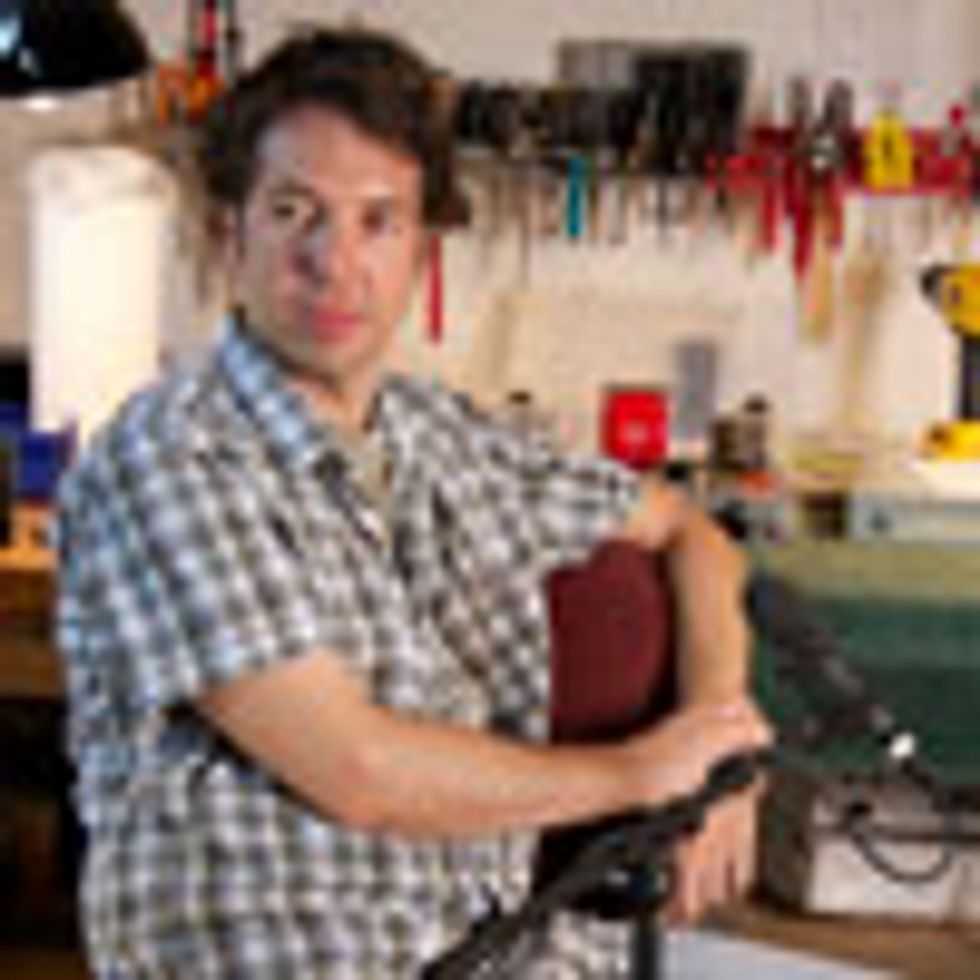 Tim Schroeder is the President and chief engineer at Schroeder Audio Inc. of Chicago Illinois where he is responsible for new product design/construction as well as over seeing repair operations at Schroeder Guitar and Amplifier Repair. schroederaudioinc.com
Tim Schroeder is the President and chief engineer at Schroeder Audio Inc. of Chicago Illinois where he is responsible for new product design/construction as well as over seeing repair operations at Schroeder Guitar and Amplifier Repair. schroederaudioinc.com

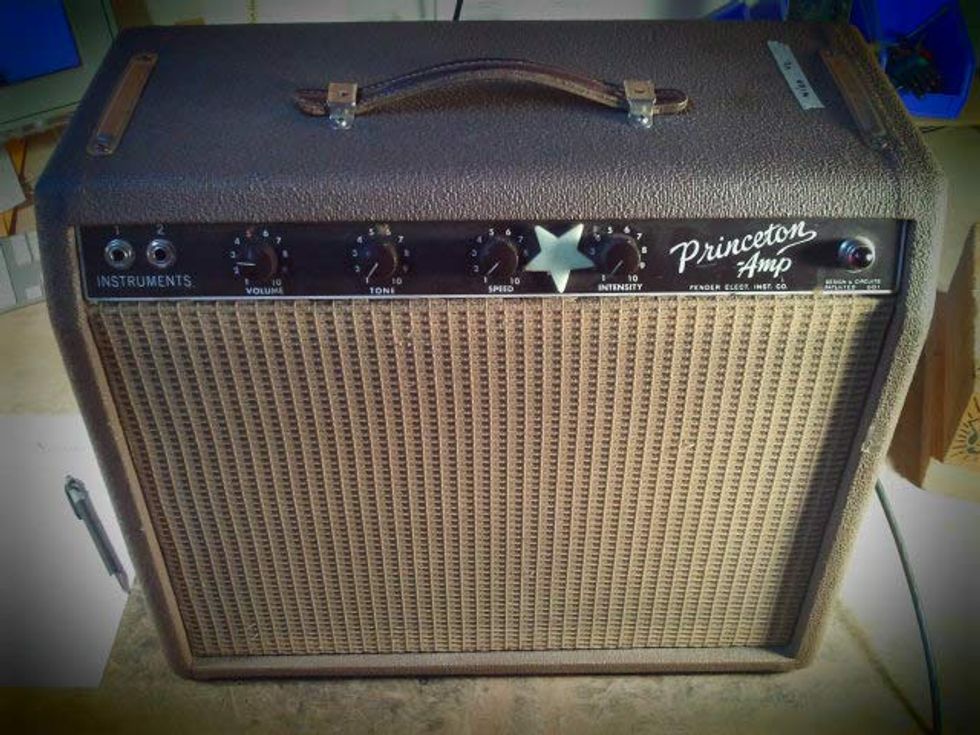
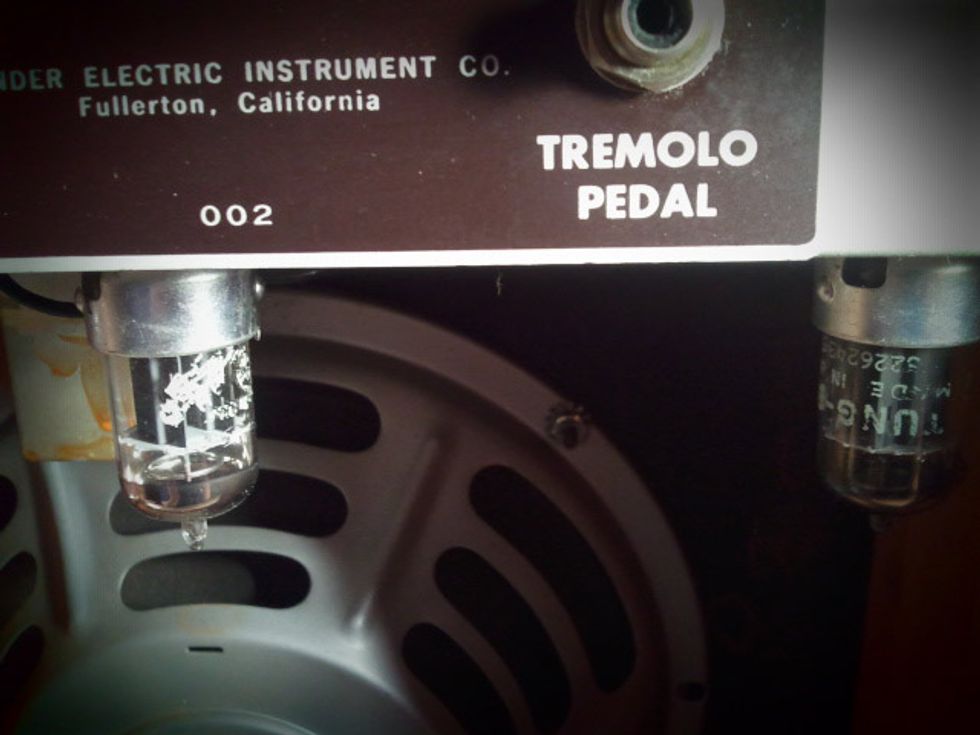
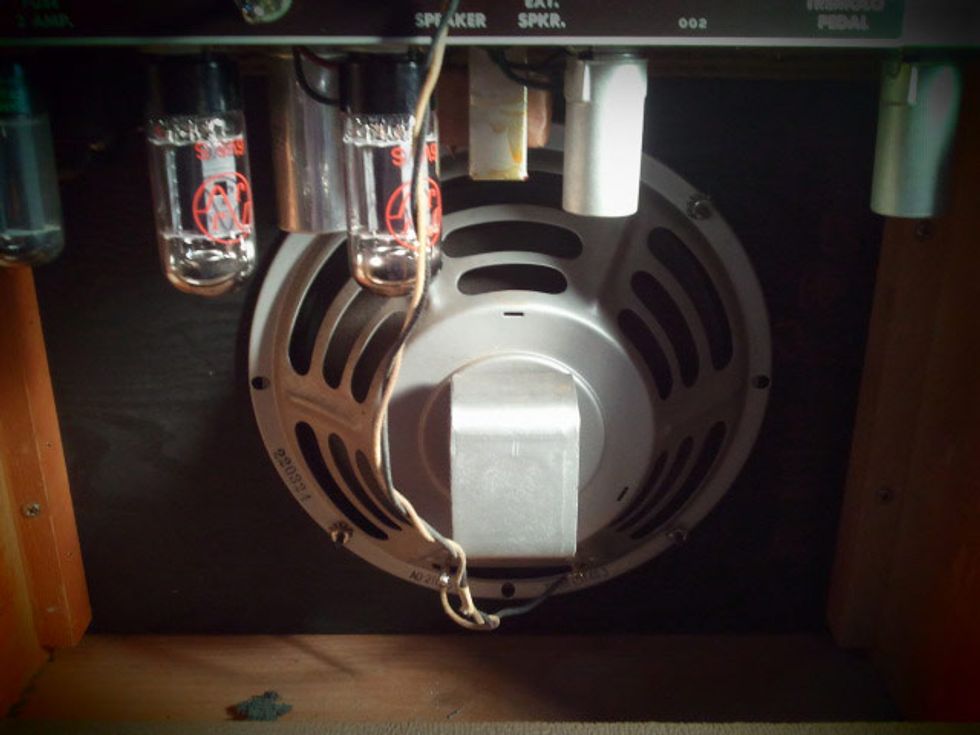





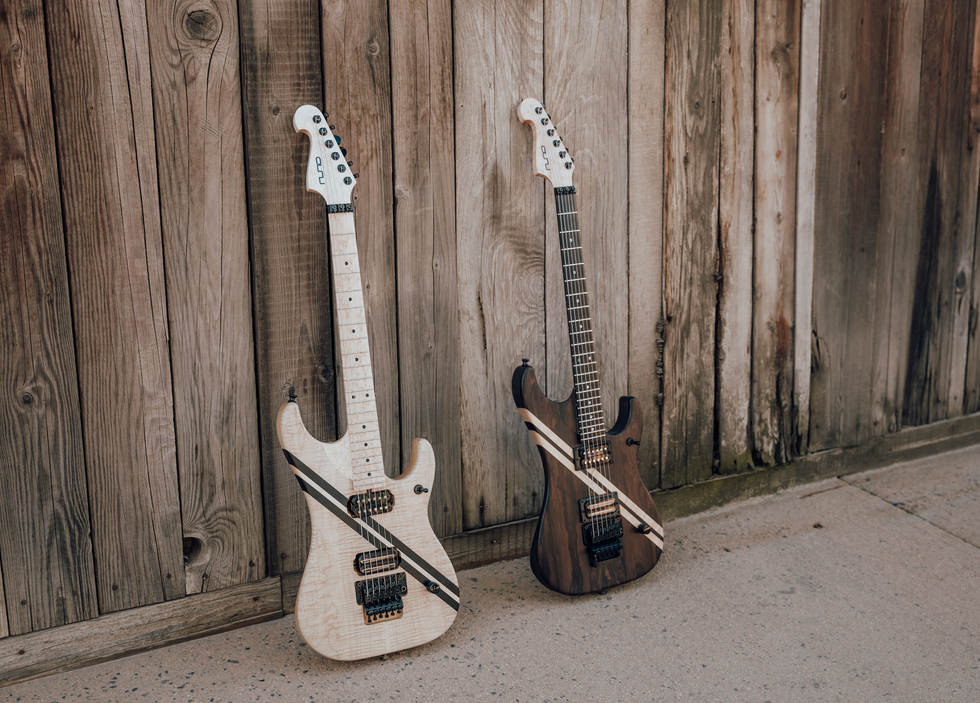





![Rig Rundown: Russian Circles’ Mike Sullivan [2025]](https://www.premierguitar.com/media-library/youtube.jpg?id=62303631&width=1245&height=700&quality=70&coordinates=0%2C0%2C0%2C0)



